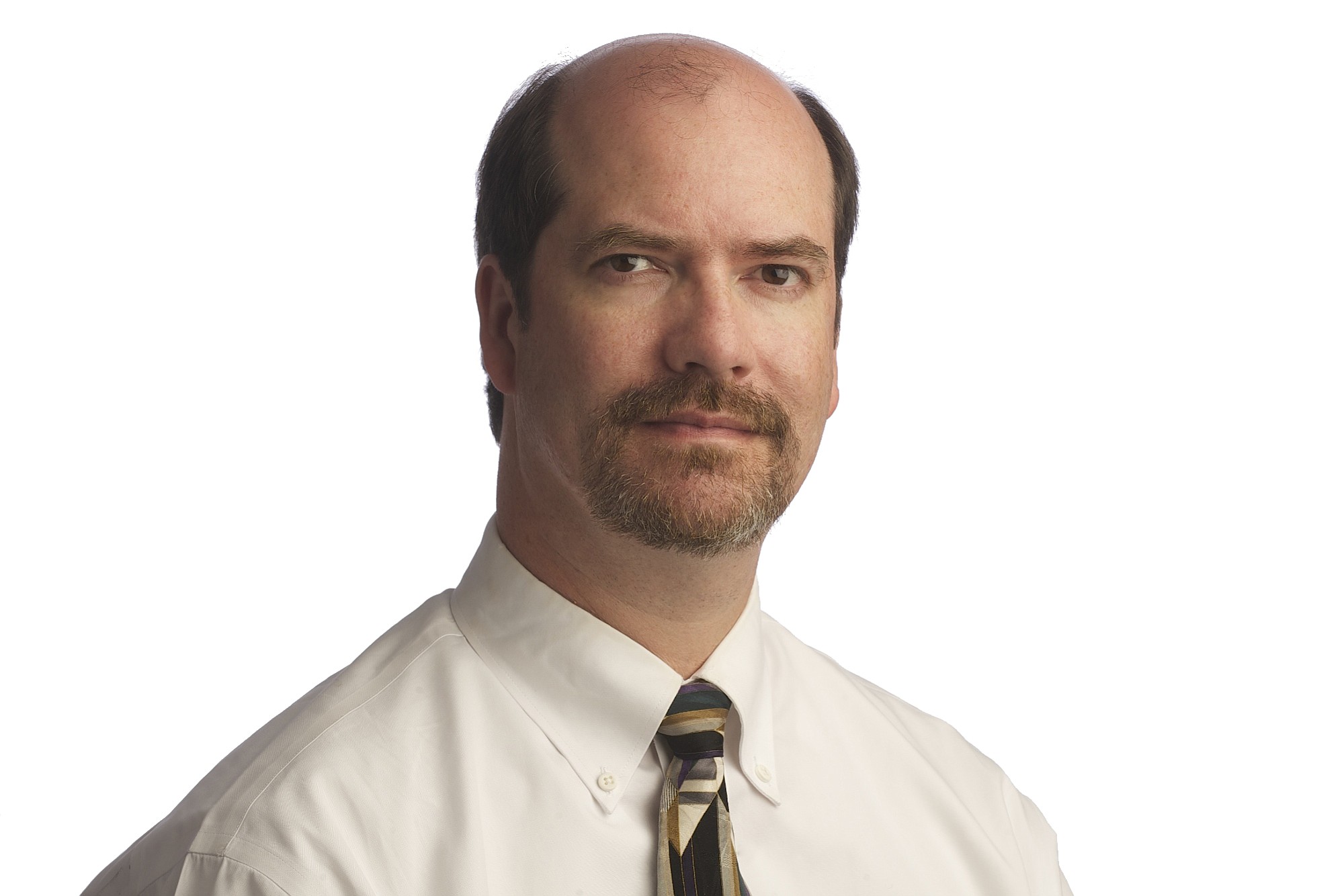Well, that certainly was frightening.
Not that there was reason to expect anything different. When the sub-headline reads, “The next full-margin rupture of the Cascadia subduction zone will spell the worst natural disaster in the history of the continent,” the odds are that the resulting story is not about rainbows and unicorns.
Such is the case with a recent article in The New Yorker about the prospects for a major earthquake off the West Coast of the United States. Written by Kathryn Schulz, the article paints a clinical post-apocalyptic portrait of what would happen in the wake of an earthquake and resulting tsunami — like a mediocre 1970s disaster movie put to words.
You know, things like “the northwest edge of the continent, from California to Canada and the continental shelf to the Cascades, will drop by as much as 6 feet and rebound 30 to 100 feet to the west — losing, within minutes, all the elevation and compression it has gained over centuries.” And things like Kenneth Murphy of the Federal Emergency Management Agency saying, “Our operating assumption is that everything west of Interstate 5 will be toast.” And items such as federal estimates of 13,000 fatalities, 27,000 injuries, 1 million people requiring shelter, and 2.5 million needing food and water.
Such are the scenarios when the Cascadia subduction zone — a 700-mile fault line that runs under the Pacific Ocean along the West Coast — decides to give way. The good news? Hey, it hasn’t happened since before European settlers started inhabiting the region a little more than 200 years ago. The bad news? The people who study such things place the odds of “The Big One” occurring in the next 50 years at 3-to-1, and the odds of “The Very Big One” at 10-to-1.
That’s because scientists have determined that the Pacific Northwest has experienced 41 subduction zone earthquakes in the past 10,000 years — one every 243 years. They also have determined, thanks to oral histories from Native Americans and accounts of a tsunami in Japan on the other side of the Pacific Ocean, that such an earthquake occurred in January 1700. That puts us 315 years into a 243-year cycle. Oh well, the odds are in our favor, right?
Anyway, aside from being merely interesting and utterly terrifying, all of this does have some practical applications. As Schulz writes: “The Cascadia situation, a calamity in its own right, is also a parable for this age of ecological reckoning, and the questions it raises are ones that we all now face. How should a society respond to a looming crisis of uncertain timing but of catastrophic proportions?” In other words, we are woefully unprepared for something that will happen eventually — if not in our lifetimes then during those of our children or our grandchildren. But what should we do about it?
Worst-case scenarios
In specific terms, this speaks to the Northwest’s lack of an early warning system, the kind that detects compressional waves at the fault line and automatically shuts down railroads and power plants, opens elevator and firehouse doors, and triggers alarms. It speaks to the poor job the region has done of establishing seismic standards for construction, of bolting homes to their foundations, of pondering the imponderable. As Schulz writes, the people of the Northwest have been “lulled into nonchalance by their seemingly benign environment.”
But in general terms, the issue speaks to our decadeslong inattention to infrastructure. FEMA estimates that half of all highway bridges and 15 of Portland’s 17 bridges will fail in a major earthquake. It also estimates that about 1 million buildings will collapse or be compromised.
And what if the predictions are overly dire? Well, let’s say only five bridges over the Willamette or the Columbia fail. Let’s say only 200,000 buildings are damaged beyond repair. Feel better? I don’t, either.
Once upon a time, the people of this country could band together to do great things. Because anything less than that is frightening.




